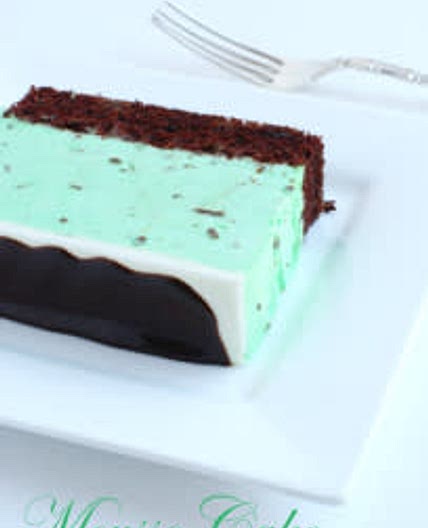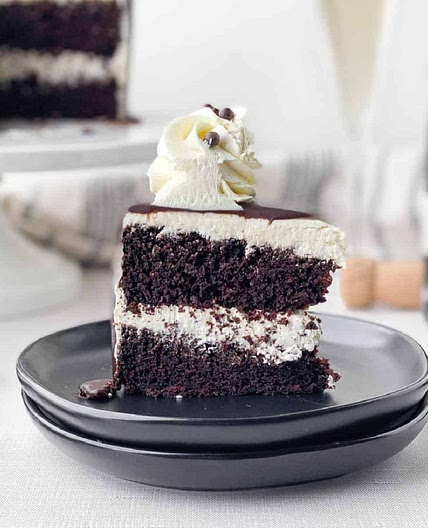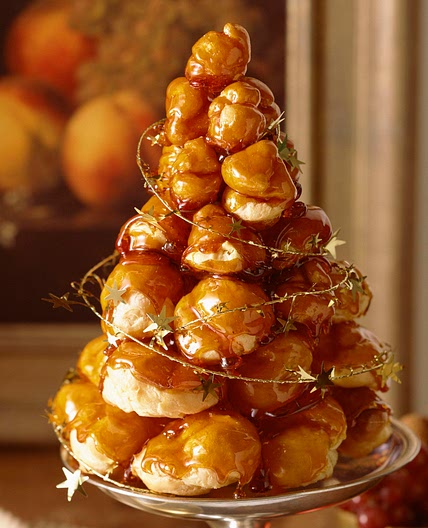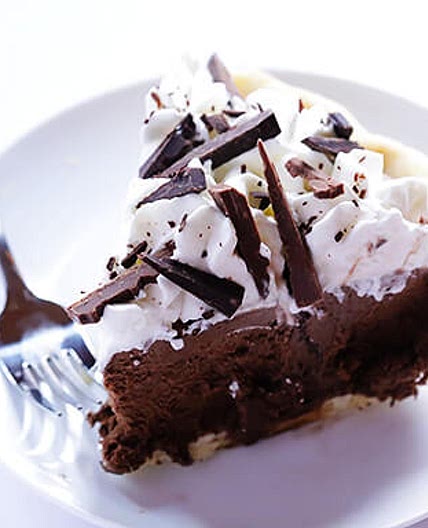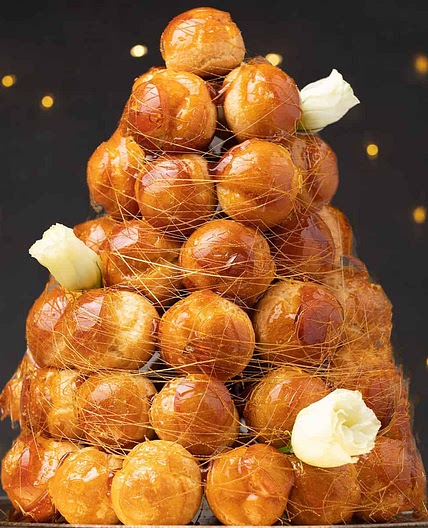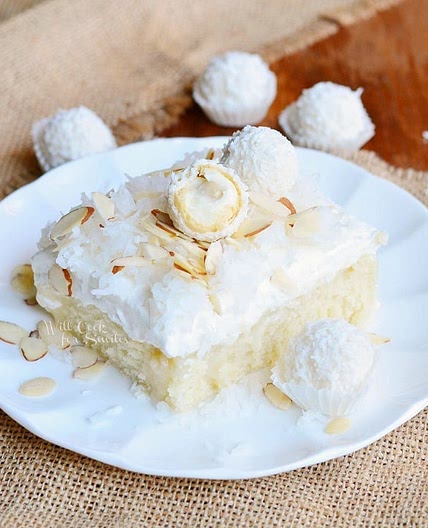By S S
Tartine's CREAMY CHEESECAKE
YIELDS ONE [23 OR 25 CM] CAKE; 12 TO 14 SERVINGS
If you don’t have a springform pan, a high-sided 9 in [23 cm] cake pan will work in a pinch. Simply line the bottom of the cake pan with a 9 in [23 cm] round of parchment paper and continue with the recipe, omitting the use of aluminum foil during the double boiler. When ready to serve, run a knife around the cake’s edge, flip the cake pan over onto a plate, and quickly torch or blow dry the bottom surface of the pan to gently release the cheesecake. Give it a couple gentle taps if necessary. Remove the cake pan and flip the cake onto a serving platter.
Fr Tartine: Revisited edition
Updated at: Sun, 28 Jan 2024 13:59:45 GMT
Nutrition balance score
Unbalanced
Glycemic Index
60
Moderate
Glycemic Load
18
Moderate
Nutrition per serving
Calories499.1 kcal (25%)
Total Fat39.1 g (56%)
Carbs29.8 g (11%)
Sugars23.1 g (26%)
Protein7.7 g (15%)
Sodium366.1 mg (18%)
Fiber0.8 g (3%)
% Daily Values based on a 2,000 calorie diet
Ingredients
14 servings
Digestive Biscuit Crust
Cheesecake filling
Instructions
Step 1
Position a rack in the middle of the oven. Preheat the oven to 350°F [180°C]. Prepare a 9 or 10 in [23 or 25 cm] springform pan by gently wrapping three layers of heavy-duty aluminum foil securely around the outside of the pan, making sure to press the foil against the side of the pan and gently crimping the top around the rim. Check that there are no holes or gaps for water to leak through. Have the biscuits ready.
Step 2
To make the biscuit crust, place the biscuits in the bowl of a food processor fitted with the steel blade and process until the biscuits are finely ground and sandy. You need 11/2 cups [150 g]. Alternatively, place the biscuits in a sealed bag and crush them with a rolling pin. Add the melted butter, granulated sugar, and salt to the food processor and pulse four times, or until the mixture looks slightly damp and will hold together when a small amount is squeezed in your palm. Spoon the crumb mixture into the springform pan and flatten into an even layer with your hands. Bake the crust until golden brown, about 10 minutes. Set aside and let cool while you prepare the filling. Reduce the oven temperature to 325°F [160°C].
Step 3
To make the filling, cut the softened cream cheese into cubes and place in the bowl of a stand mixer fitted with the paddle attachment. Beat on medium speed for 4 minutes until smooth and creamy. Scrape down the sides and bottom of the bowl with a rubber spatula. Add the granulated sugar and salt and continue mixing on medium speed for an additional 4 minutes, scraping down the sides and bottom of the bowl after 2 minutes. Add the vanilla extract, lemon juice, and lemon zest and mix until combined. Place the whole eggs and yolks in a pourable container. Reduce the mixer speed to low and add the eggs and yolks, one at a time, to the cream cheese mixture, scraping the bowl after each addition and fully incorporating each before adding another. Be careful not to overmix or aerate the batter at this point; air bubbles will cause the cheesecake to crack. Give the crème fraîche a few stirs to smooth out any lumps. With the mixer on low, add the crème fraîche to the egg–cream cheese mixture and mix until the batter is smooth, creamy, and homogenous, about 1 minute. Give the mixture a final stir by hand, scraping the bottom and sides of the bowl well. Pour the batter into the prepared springform pan and smooth the surface with the back of a spoon or small spatula.
Step 4
Bring a large pot of water to a boil. Place the springform pan in the center of a large roasting pan with tall sides, and gently place the pan on the middle rack of the preheated oven (have the oven rack pulled out slightly to make it easier to add the boiling water to the pan). Carefully pour enough boiling water into the roasting pan so it reaches halfway up the sides of the springform pan (be sure not to exceed the level of the foil). Very gently, slide the oven rack back in place. Bake the cheesecake for 1 hour and check for doneness. When done, the cheesecake will be jiggly in the center if given a gentle nudge, with the outer edge set
Step 5
If it is still very loose and liquidy, continue baking up to 30 minutes more, checking every 10 minutes. Cool in the roasting pan for 1 hour. Remove the cheesecake from the double boiler and let it cool at room temperature for 1 more hour. At this point, the surface will still have a slight jiggle to it. Remove the foil wrap from the springform pan.
Step 6
Top whith preferred topping
Step 7
Loosely cover the top of the pan with a fresh sheet of foil and chill in the refrigerator for a minimum of 4 hours, or overnight. This gentle cooling helps produce a smooth-surfaced cheesecake with no cracks.
Step 8
To serve, loosen the cheesecake from the pan by running a small knife with a thin blade around the edge. Release and lift off the pan sides. Using a wide metal spatula, transfer the cake to a serving plate, if using, or leave it on the cake pan base. To serve, dip your knife in warm water, wipe dry, then cut firmly, especially through the crust, which takes a little extra pressure. Wipe the blade between slices. The cheesecake will keep in the refrigerator, well wrapped, for up to 1 week.
Notes
1 liked
0 disliked
Delicious
Go-to


